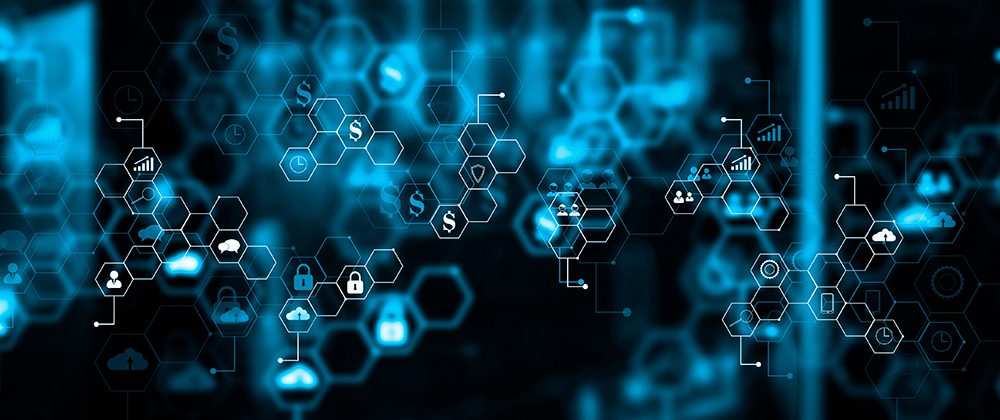Modeen Malick, Principal Systems Engineer at Commvault, explores the role of autonomous healing software in building resilient IT systems. Leveraging AI and Machine Learning, these systems proactively detect, diagnose and resolve issues, reducing downtime and manual intervention. Malick discusses the technology’s potential across industries, addressing its impact on efficiency, security and scalability, as well as ethical and regulatory considerations.

As businesses grow increasingly reliant on IT infrastructure, the demand for more resilient, self-sustaining systems has skyrocketed. Autonomous healing software, an emerging technology, is gaining traction for its potential to transform how organisations manage software maintenance, security and system performance. This technology represents a significant shift in the approach to maintaining operational efficiency, offering the ability to integrate self-healing capabilities into enterprise infrastructure, minimising downtime and manual intervention.
What are autonomous healing systems?
Autonomous healing software systems leverage Artificial Intelligence (AI) and Machine Learning (ML) to detect, diagnose and repair software faults without human intervention. Unlike traditional systems, which require manual monitoring and corrective action, autonomous systems operate independently. For instance, while traditional methods rely on code reviews and testing to enhance software quality, they often fall short of addressing unanticipated problems that arise in real time. Autonomous healing systems can solve this by detecting and containing unexpected issues during runtime, offering a robust, real-time solution to maintaining uptime and system reliability.
At the heart of autonomous healing systems are AI and big data technologies. AI provides the predictive analytics, anomaly detection and decision-making capabilities necessary for self-healing software. These systems use rule-based frameworks and autonomous agents to perform healing tasks, while ML models continuously refine the healing process by learning from past experiences. Together, these advancements enable systems to not only react to problems but also anticipate and prevent them.
The pros and cons
The advantages of autonomous healing systems are far-reaching. Businesses that adopt these systems can expect improved efficiency, reduced operational costs and minimised downtime, thanks to the software’s ability to proactively identify and resolve issues. In data management, for example, faster recovery times and continuous monitoring lead to cost savings and reduced labour requirements.
However, challenges remain. Developing comprehensive and effective healing strategies is complex, and false positives, or the incorrect identification of system faults, can trigger unnecessary repairs. Additionally, security remains a significant concern, as the healing processes themselves must not introduce new vulnerabilities. Scalability is another hurdle, as self-healing systems often begin with limited scope but need to expand to accommodate growing infrastructures.
In addition, as with any advanced technology, autonomous healing systems raise important ethical and regulatory questions. AI-driven systems, particularly those that operate with minimal human oversight, must be deployed responsibly to avoid bias and ensure data privacy. From a regulatory standpoint, the collection and use of data in healing systems must comply with data protection laws. Organisations need to prioritise transparency and fairness in how their autonomous systems make decisions.
Integrating autonomous healing technology
The influence of autonomous healing systems will be felt across various sectors. In healthcare, for instance, self-healing software can improve patient monitoring and enhance the reliability of critical systems. In finance, AI-powered algorithms can bolster fraud detection, risk assessment and customer service, all while maintaining security in an industry that handles sensitive data. Autonomous systems also stand to revolutionise energy and utilities management by optimising infrastructure performance and reducing downtime.
When it comes to leveraging the advantages of autonomous healing tools, it is important for organisations to first define clear objectives and determine the specific pain points they wish to address. Whether it’s reducing downtime or optimising resource allocation, having a clear business case is essential. Comprehensive monitoring is also critical, providing visibility into the health of IT environments so that issues can be proactively identified and addressed.
Autonomous healing systems are poised to play a central role in reducing operational disruptions and enhancing system performance. AI-driven solutions that integrate seamlessly into existing infrastructure are increasingly enabling organisations to build resilient, self-healing environments that minimise manual intervention and reduce downtime.
As businesses face increasing demands on their IT infrastructure, a focus on proactive monitoring and system resilience is crucial to maintaining operational continuity. By adopting autonomous healing systems, organisations can stay competitive in a rapidly evolving technological landscape, improving performance while reducing costs.




